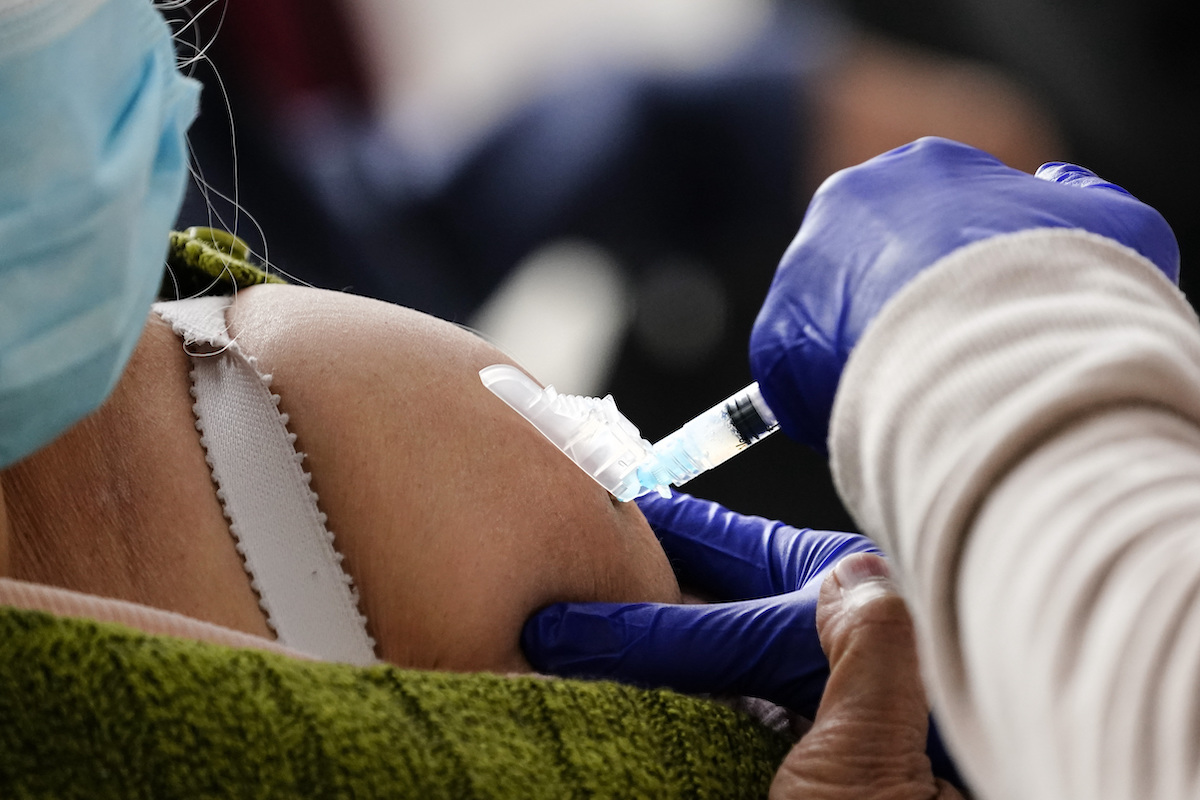Total cases at PSU as of May 3: 56
Eight April cases, one May case
Eight cases have been reported in the month of April, as well as one in May, at Portland State, bringing the total case count at PSU to 56. Five resident students and three on-campus employees tested positive for COVID-19. Some potential on-campus exposures have been identified and have undergone testing and quarantine.
PSU relies heavily on a self-reporting system for people who have tested positive or inconclusive and have been on campus within two weeks. The self-reporting form can be found on PSU’s Coronavirus Response website.
The Student Health and Counseling Center (SHAC) is taking measures to obtain COVID-19 vaccines. Vaccine distribution is controlled by the state and timelines are not clear at this point.
Total in Oregon as of May 2: 186,344 cases, 2,501 deaths
Total vaccinations as of May 3: 564,556 in progress, 1.29 million completed
After Governor Kate Brown declared 15 counties in the state of Oregon would be subject to more rigorous COVID-19 restrictions, the GOP in the Oregon State Senate issued a statement insisting that they would compel a procedural rule, which would require all bills to be read in full before passage could be considered.
The practice is like the United States Senate’s filibuster procedural practice, allowing a minority to block a simple majority from passing a bill or resolution, though Oregon State Senate’s rule does not hold such a grandiose place in legislative practice.
“As this session has shown, the Constitutional requirement that legislation be read in its entirety is an important tool to encourage bipartisan collaboration,” a press release from the Senate Republican Caucus stated, according to OPB.
In retaliation to the state GOP’s demand that all bills are to be recited aloud and in full, Oregon State Senate President Peter Courtney (D-Salem) utilized a move first tested in the Oregon State House of Representatives earlier this year: computer software to read the legislation instead of the congress members.
Total in U.S. as of May 3: 32.2 million cases, 574,220 deaths
Total vaccinations as of May 3: 147 million with at least one dose, 105 million fully vaccinated
According to a recent ProPublica report, the counties with the statistically-lowest vaccination rates are the same counties in which residents are most prone to actually contract COVID-19.
The vaccine rollout, according to the White House’s official statement, was intended to prioritize the communities and demographics considered most vulnerable to contracting and thereby transmitting the virus.
The analysis of the Centers for Disease Control and Prevention (CDC) data on vaccination rates per county indicates “early attempts to prioritize people with chronic illness like heart disease, diabetes and obesity have faltered. At the same time, healthier – and often wealthier – counties moved faster in vaccinating residents, especially those of 65 and older.”
According to CDC data, indigenous people are 1.6 times more likely to contract the disease than white people, 3.5 times more likely to be hospitalized for it and 2.4 times more likely to die from it.
Concurrently, Black and Hispanic or Latinx persons are at least 1 to 2 times more likely to contract COVID-19, nearly 3 times more likely to be hospitalized from it and at least 2 times more likely to die from it.





